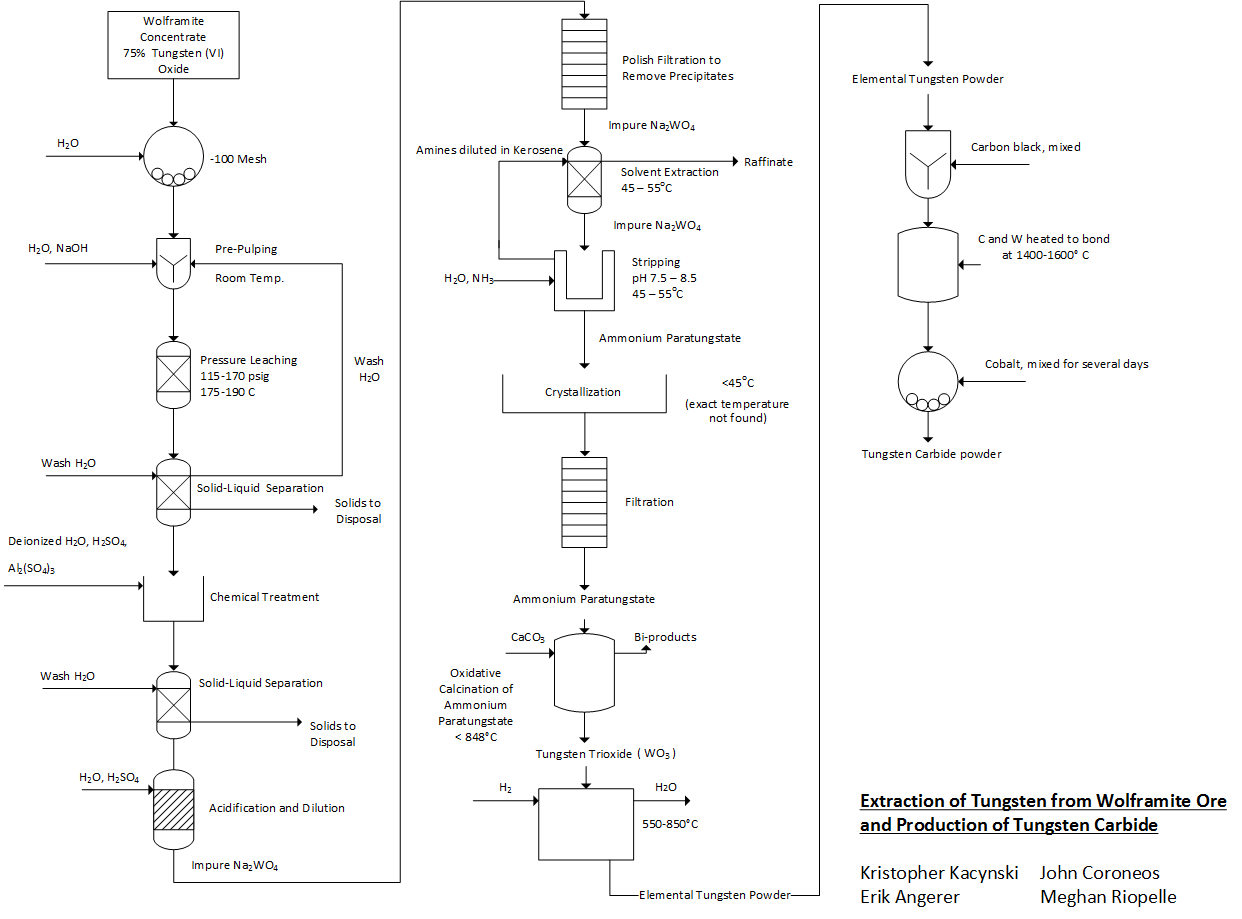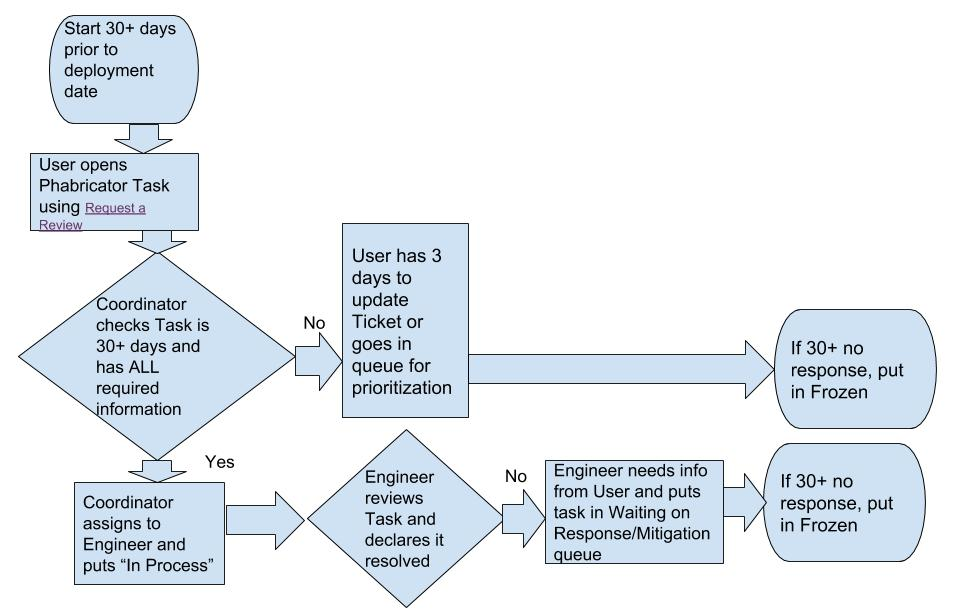Process Flow Diagram (PFD): A Complete Guide
This guide is brought to you by Zen Flowchart, the simplest flowchart tool.
—
A process flow diagram (PFD) is a type of flowchart that represents the integrity of equipment and plant operations. This graphic chart depicts a link among the principal equipment of a facility. Nevertheless, it does not cover minor details such as designations and plumbing.
While its popularity in engineering is undeniable, PFD also flourishes in other fields. Business owners rely on PFDs to record, enhance, and set up operational processes.
Many experts have long been familiar with process flow diagrams. However, novices still find themselves struggling with some of the most common issues. This guideline aims to offer appropriate information to such problems.
Mục lục bài viết
Overview
Definition
 An example of a PFD
An example of a PFD
Process flow diagrams, or PFDs, are technical flowcharts. It assists managers and designers in their process arrangements, ensuring straightforward outputs.
A typical process flow diagram would incorporate significant datasets. They contain information about mechanical equipment, operating data, and interconnections to other systems.
On the other hand, these charts do not concern minor details, such as pipeline codes or control valves.
PFDs are a must-have during project explanations and walkthroughs. Their clean-cut designs enhance illustrations of certain phases in a process. They come in several structures, suitable for distinct purposes.
It is possible to construct a PFD with process simulators or diagram software. Corporations such as ISO and DIN offer guidebooks about specific rules and symbols.
Various PFDs for commercial processes are available in technology encyclopedias. One thing to bear in mind is that some might be quite old. Patent databases from the US Office of Trademark store more contemporary models.
Purposes and Benefits
A pipeline system connects the process flow diagram, which enhances graphic presentations. A PFD offers several benefits as follows.
First, it clarifies the working procedure for all workers. A PFD simplifies the process scope and basic information. Critical data such as feedstock and stream flow rates are easier to follow. Straightforward arrangements cut all possibilities of misunderstanding.
Second, the chart highlights fatal flaws and bottlenecks to improve quality control. This advancement paves the way for better models in the future. Furthermore, PFDs solidify the interdependence of the organization with external systems.
History
In 1921, Frank Gilbreth introduced the first systematic approach for process flow descriptions. The presentation was under the title “Process Graphs – First Steps in Discovering the One Best Way.” His ideas quickly worked their way into mechanical engineering programs.
Around the early 1930s, Allan H. Mogensen entered the picture. Mogensen taught industrial engineers to use processing tools at his Workload Simplification Conferences. Years later, Art Spinanger brought these graphs back through his Intentional Methods Program.
Another business executive, Ben Graham, developed the process flow chart for information processing. He created the multi-flow procedure diagram to visualize varied documents and connections.
In the end, ASME accepted the initial concepts from Gilbreth. They were also chosen as the ASME Standards for Process Charts in 1947.
Types of Engineering Symbols in PFDs
 The symbol shapes must be consistent
The symbol shapes must be consistent
Centrifuges: Centrifuges are instruments that isolate mixture elements. This procedure operates based on their volumes, common shapes, viscosity, and angular velocity. Molecules with a higher density gravitate toward the centrifuge exterior. Meanwhile, those with a lower density gravitate toward the inferior.
Heat Exchangers: A heat exchanger is a device that sends heat between two or more vapors via a solid wall. They can either cool or heat a system.
Crushers: Crushers decrease or adjust the size of materials. In most cases, these textiles include garbage or recycled substances.
Dryers: Dryers are components that remove moisture from fluids through varied techniques.
How To Do Research and Create A Process Flow Diagram
How to Do Research for A PFD
 Intensive research & planning is important
Intensive research & planning is important
1. Define the focus of the research and intended outcomes.
2. Determine the amount of required information. In complex processes, communication with individuals from varied positions might be necessary. Hence, it is advisable to print multiple copies of the chart.
3. Complicated flows call for a professional development team or consultants. For more basic procedures, one person is sufficient with the help of a sticky note.
4. Ascertain activities, relationships, and equipment through interviews and observation. If it is a brand-new process, examine all relevant data and major equipment.
5. Create a rough diagram. Then, verify its precisions with other project teams and individuals. Collaborate with these people for any needed modifications, additions, or deletions.
How to Draw A PFD
1. Open a diagram software.
2. Select the Flowchart category from the drop-down menu. Next, double-tap to choose the Basic Flowchart option.
3. Drag the diagram form onto your canvas for each stage in the process.
4. Connect the diagram shapes. To do so, hover the mouse cursor over the first shape. Then, click the little arrow that points to the second.
5. In some cases, the second shape lies far from the first. Click and hold the arrow, then drag it to the chosen area. Finally, place the connector in its center.
6. Pick the appropriate shape, then type in words and phrases. Once the input settles, tap on an empty spot on the screen.
7. To modify the direction of an arrow on the connector, tap on it. After that, on the Shape menu, go to the Arrows group and pick the desired angle and style.
Extra Tips for PFD Drawing

These diagrams prove quite handy, even for simple process flows. For those unfamiliar with PFDs, feel free to experiment with them.
1. First, do not worry about the diagram structure. Jot down important details on post-it notes or sheets of paper.
2. Once data is sufficient, move on to diagram software. Multiple online tools smoothen the drawing process and generate professional-looking graphic charts. Furthermore, extra features may help point out incomplete sections in the diagram.
3. Keep the symbols consistent to avoid misunderstanding. Bear in mind the target demographic to adjust the design accordingly. Most design programs often provide a preset collection of symbols for instant use.
4. Complex PFDs might require standard indicators (ISO 10628) for effective communications.











